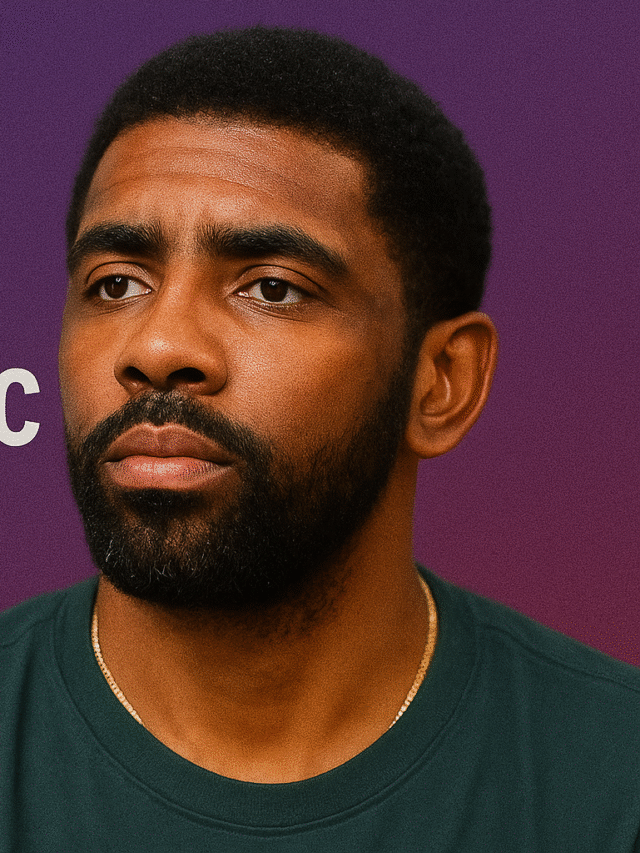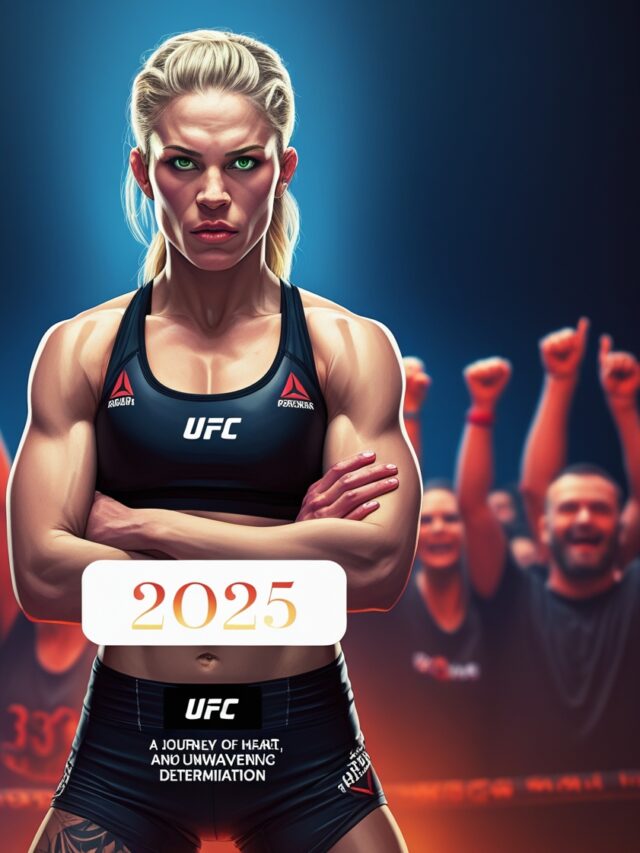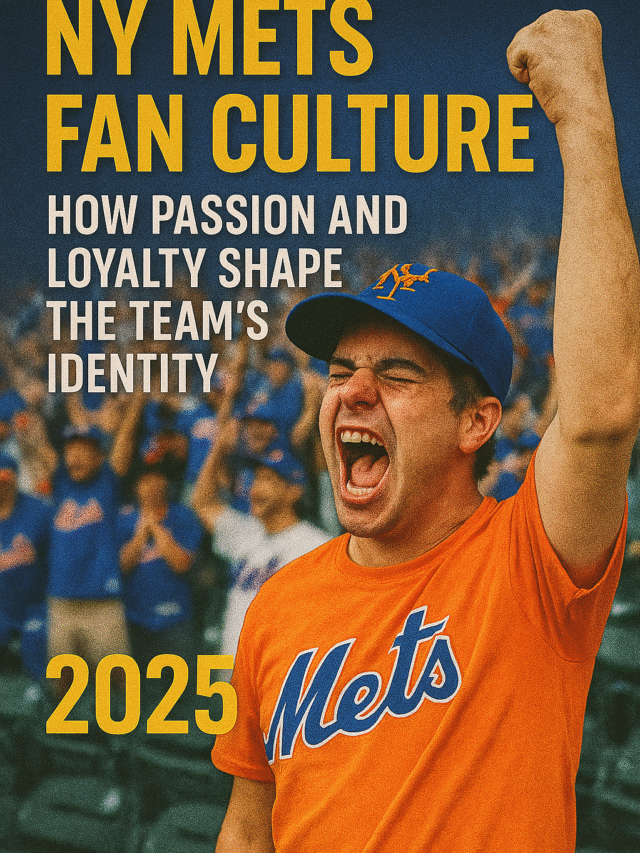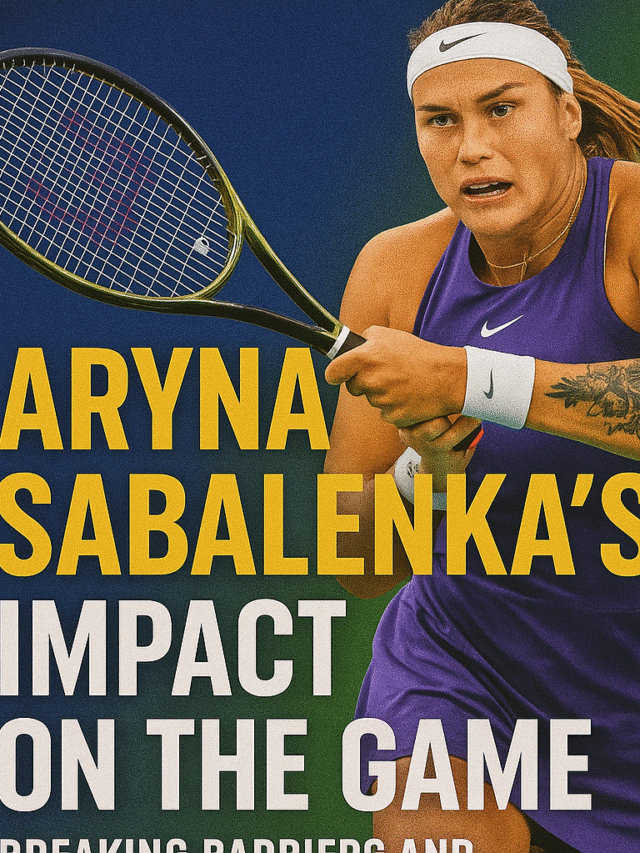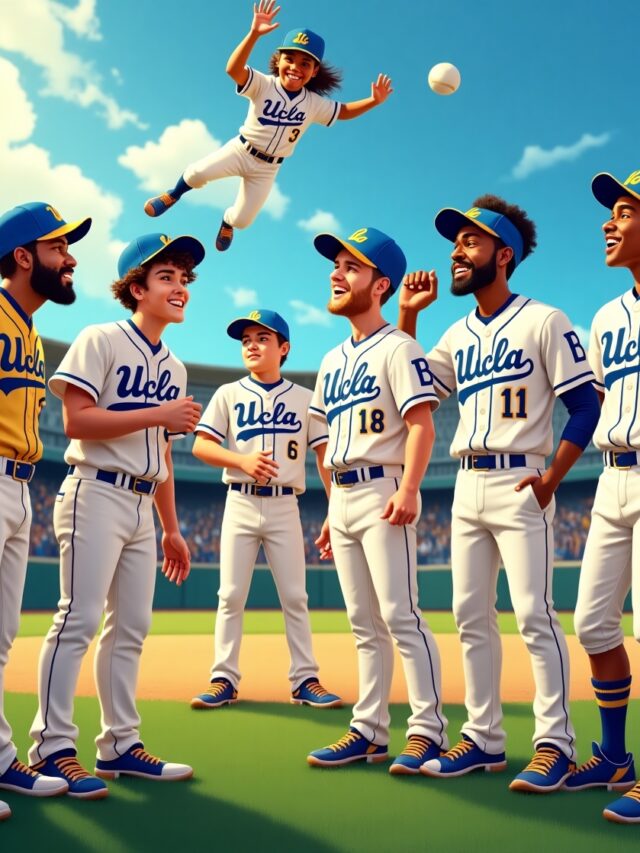UFC Schedule: A Journalist’s First-Hand Experience
Stepping into the world of the UFC is like entering an electrified arena where passion, grit, and glory collide. Hello, my name is Mohit, and I’m what you might call an adrenaline seeker masquerading as a journalist. Recently, I had the privilege of attending some of the most talked-about UFC (Ultimate Fighting Championship) events, a sport that has taken not just the U.S. but the entire world by storm. The thrill of watching incredible athletes, the charged atmosphere in the arena, and the buzz surrounding the UFC schedule had me hooked from the start.
Today, I’m taking you behind the curtain for a front-row account of what it’s like to witness the UFC world up close and personal. Whether you’re a die-hard fan, a casual viewer, or new to the sport entirely, here’s everything I experienced—and why the UFC schedule might just hold some of the greatest spectacles in modern sports.

The Epic Build-Up to a UFC Night
When I first saw the UFC schedule, my heart skipped a beat. With headlining bouts featuring some of the biggest names—fighters like Conor McGregor, Israel Adesanya, and Amanda Nunes—it was clear I was in for an unforgettable ride. The arena itself transforms into a beating heart of excitement on fight night. From towering LED screens flashing promo reels to the chants echoing through the stadium, fans arrive hours in advance to soak in every moment.
Stepping into Madison Square Garden for UFC 281 was my first event. The energy felt tangible. Beer vendors were weaving through roaring crowds, fans wore their favourite fighters’ jerseys, and fight commentators had attendees hanging onto every word as pre-show coverage unfolded on massive screens.
For anyone unfamiliar, the UFC schedule isn’t just a list of fight dates—it’s a roadmap to controlled chaos. Months before the main event, fighters prep, fans debate matchups, and tickets sell like hot cakes. Every UFC event feels tailor-made for suspense, and as I soon learned, this wasn’t just a sport; it was theatre, drama, and skill at its finest.
Weigh-In Day – The Calm Before the Storm
If fight night is the storm, weigh-in day is its deceptive calm. A day prior to the main event, I attended the weigh-ins—a UFC tradition that takes “fan service” to the next level. Think of it as a ceremonial build-up, where fighters step onto the weighing scale in front of a crowd and square off for dramatic photo-worthy face-offs.
There’s something unnervingly intense about watching two fighters hold eye contact for what feels like minutes, barely a breath between them. The bantamweight bout between Aljamain Sterling and Petr Yan was one such weigh-in. Sterling, with his confident smirk, looked unshaken even as Yan inched forward. Fans roared, teams poised for security intervention—this wasn’t just a preview; it was the perfect psychological battle to set the tone.
Many spectators specifically plan around the UFC schedule to catch these weigh-ins. They offer an unmatched sneak peek of rivalries and the mental games fighters play ahead of their bouts.
The Main Event – Blood, Sweat, and Roars
When fight night hits, the arena transforms completely. Las Vegas’ T-Mobile Arena, where I attended UFC 290, had the crowd roaring long before the fights began. For some, it’s the prelims and undercard matchups that get them hyped. For me, it’s the walk to the octagon.
Picture this: dimmed lights. Fighters emerging down the tunnel, flanked by teams shouting last-minute advice. Music blaring—either a classic rap anthem or something entirely unique—and then those final deep breaths before stepping into what can only be described as a gladiatorial battleground.
The UFC schedule doesn’t just line up fights—it builds moments. Watching middleweight kingpin Israel Adesanya square off against Robert Whittaker felt surreal. The kicks were thunderous; the grappling intense. At one point, Whittaker secured what looked like an unbreakable hold, but Adesanya slipped through. The audience collectively gasped—then roared as Adesanya landed a clean right hook to clinch the win.
What stood out most to me was the crowd’s loyalty. Fans of a losing fighter rally behind them with ferocity, chanting their name even as they exit the octagon. It’s a testament to the UFC’s ability to cultivate not just superfights but superstars.

Diversity in the UFC Schedule
One remarkable thing about the UFC is its inclusiveness. The schedule doesn’t favour any single weight class or gender; it celebrates diversity. Women’s divisions, for example, bring just as much excitement—if not more. I had the privilege of watching Amanda Nunes defend her bantamweight title. If you’ve never witnessed her dominance in the ring, I can say that “The Lioness” is aptly named. Her sheer power is jaw-dropping, but it’s her technical precision that leaves you speechless.
Another high point on the calendar was the UFC 289 featherweight bout—a thrilling mix of athleticism and storytelling. Watching the crowd pour themselves into these fights, I realised how deeply the UFC schedule reflects its commitment to showcasing competitive variety and representation.
Behind the Scenes – What You Don’t See on TV
Cameras might capture the action, but being at the venue reveals an entirely different dimension of the sport. Between matchups, I walked down to the media section where journalists like me assembled, typing furiously into laptops or grabbing fast soundbites from corners. Fighters’ teams moved swiftly in the backstage area, shouting encouragement, reminding their stars of strategies honed in months of preparation.
Meanwhile, production crews choreographed everything with military precision—audio checks, camera angles, everything timed perfectly to the millisecond. It’s this coordination that gives the UFC its cinematic flair, making every event feel like a blockbuster.
For fans wondering why events on the UFC schedule always run so smoothly, it’s down to this army of professionals behind the curtains. Their effort is a big reason why UFC events consistently deliver on their promises.
The Global UFC Phenomenon
While my firsthand experiences were in the U.S., what stood out was the truly global nature of the UFC schedule. From London’s O2 Arena to Yas Island in Abu Dhabi, the UFC invests in bringing live combat sports to fans worldwide. American audiences, however, remain key to UFC’s popularity. Iconic venues like Madison Square Garden and the T-Mobile Arena regularly host major UFC pay-per-view events, making them must-watch staples for fans across the country.
The promotion has also done wonders to connect with the U.S. fan base through weekly shows like Dana White’s Contender Series and Ultimate Fighter. It’s clear from ticket sales, social media chatter, and mainstream recognition that UFC is no longer just a sport—it’s become a cultural phenomenon.
Why the UFC Schedule Needs Your Attention
If you’re reading this and haven’t had the chance to follow the UFC schedule closely, trust me, you’re missing out. Even as a first-time attendee, I quickly realised there’s no substitute for the emotions and drama that unfold in the octagon. These aren’t fights; they’re stories—each one pushing limits, breaking barriers, and inspiring millions.
For fans, the schedule isn’t just a calendar—it’s a series of opportunities. Opportunities to watch legends rise, rivalries intensify, and sports history unfold, punch by punch. Every matchup, whether it’s a title fight or an undercard battle, demands attention because of the sheer talent and effort both fighters bring.

Wrapping Up
Walking out of the arena after my first UFC experience, I felt drained but exhilarated. That’s what the UFC does—it grips you, drags you to the edge of your seat, and leaves you yearning for more. The sheer dedication of the fighters, the roaring passion of fans, and the meticulous organisation behind the UFC schedule create an ecosystem like no other.
If you’ve been on the fence about attending a live event or even tuning in at home, my advice is simple—do it. Take a look at the UFC schedule. See which matchups catch your eye. And trust me when I say that whether you’re in the rafters or ringside, you’re in for a show. After all, as I’ve come to learn, the UFC isn’t just about fights; it’s about stories, heart, and unforgettable moments.
